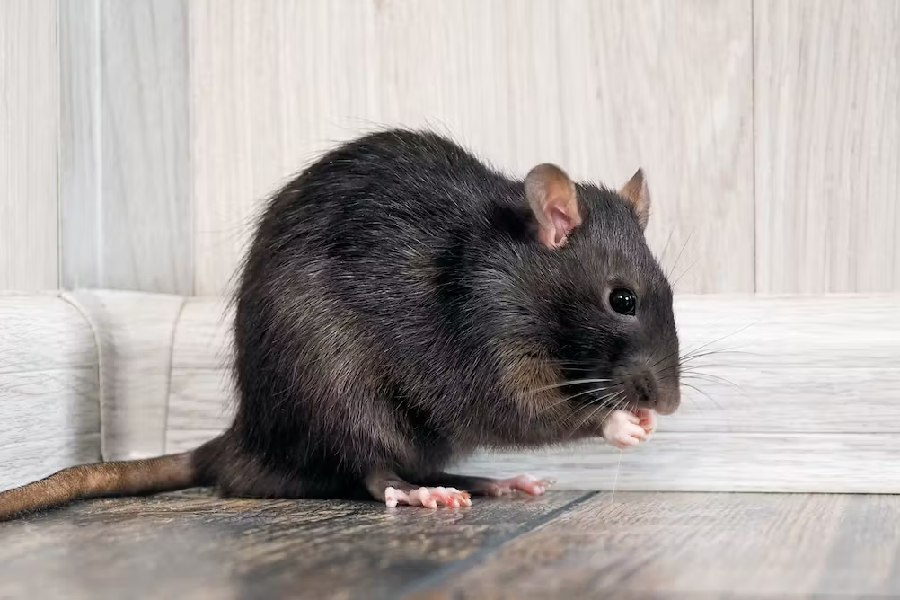Calcuttans had once been assured that the city would be transformed into London. The good news is that the metamorphosis has taken place. But there is bad news as well: the transformation could have been avoided. For what binds Calcutta to London are rats.
It has been estimated that both cities, along with other metropolises like New York and Mumbai, are infested with rodents whose numbers have grown exponentially. The bad news, in fact, gets worse. Like an army of ravenous locusts, Calcutta’s rats, with the brown rat, the greater bandicoot, and the common house mice apparently leading the charge, are, quite literally, nibbling away at the city’s foundations. Bridges, roads and pavements are in peril; the walls of old houses are caving in; even cables are being shredded to bits. Accompanying the pests is the threat of pestilence. What the burgeoning brood of vermins also conveys is a severe imbalance in metropolitan ecology. Environmentalists believe that the rise in Calcutta’s rodent population is suggestive of the decline of its natural predator base — owls, kites, jackals — on account of disastrous, unplanned urbanisation.
Of course, rats and civilisation go back a long way: fossils of house mice have been unearthed in China that go back to the Palaeolithic Age. Unsurprisingly, rats have left their tiny paw-prints on the mind. Interestingly, human culture’s rat report card is not only diverse but the assessment is also mixed. For instance, rodents are reviled for being symbolic avatars of cunning, avarice, ambition and self-centredness. The negativity, it seems, has rubbed off on language too: the double-crosser — who else? — is thus described as a ‘rat’. But it’s not all poor marks for the rodent. The Chinese have a year marked in honour of the rat; one of Hinduism’s favourite gods has the mouse as its vahan; some ancient African tribes venerate rats as agents of the afterlife. Even Hollywood has doffed its hat by creating the endearing Remy of Ratatouille fame, the rat with the dreams of becoming a chef. These associations, traditional and modern, religious or cultural, it can be argued, are expressions of humanity’s fascination with several positive attributes of the species: rats, science has proved, are a highly social animal, capable of demonstrating industriousness, discipline and collectivity. Little wonder then that both humans and rats survived ecological catastrophes like the Ice Age.
But this bitter-sweet bonding between the Calcuttan and the rat is likely to be tested more severely with the intensification of another catastrophe — the Anthropocene. Climate — climactic — changes are expected to inflict various kinds of Armageddons on urban populations; these include disease outbreaks, food shortages and infrastructure meltdowns. It is possible that rats could, rightly or wrongly, be identified as the messengers of doom. A bloodier conflict — endeavours to purge rats being met by the rise of rodent-borne pestilences — could well be in the offing. But this war can be avoided if cities and city fathers realise that human congregations, given their propensity towards low hygiene, wastefulness and littering, are responsible for the rats sinking the proverbial ship.











